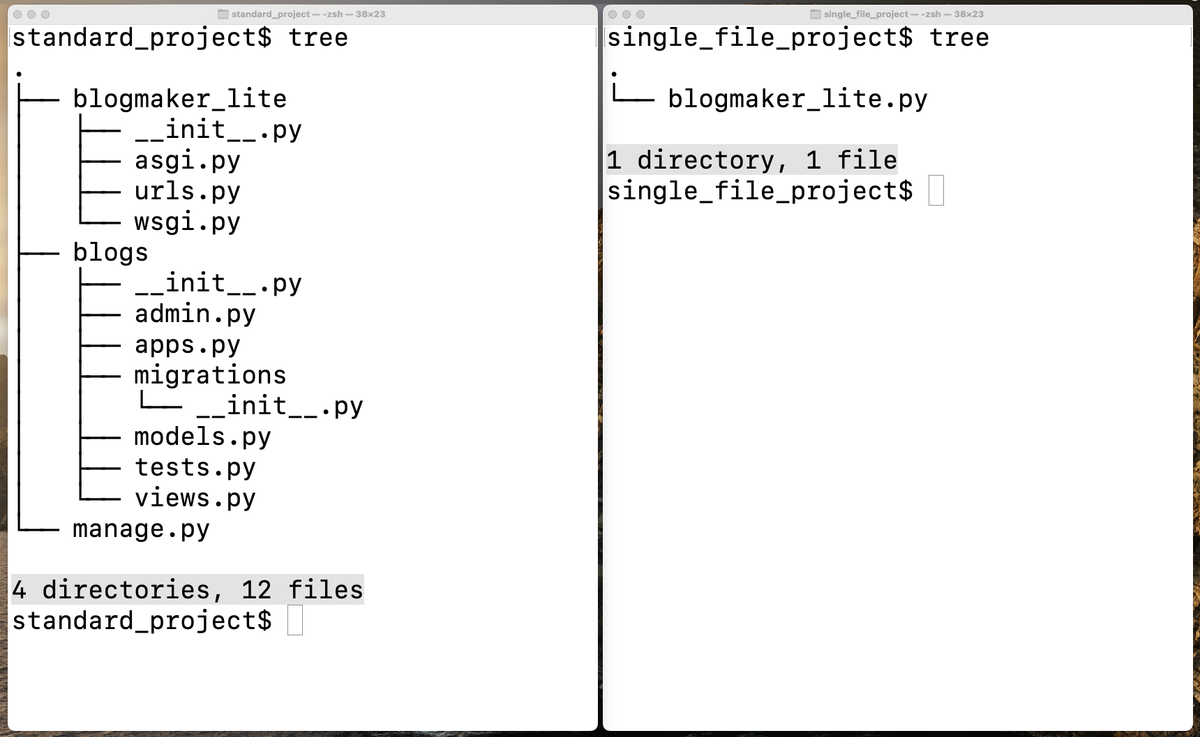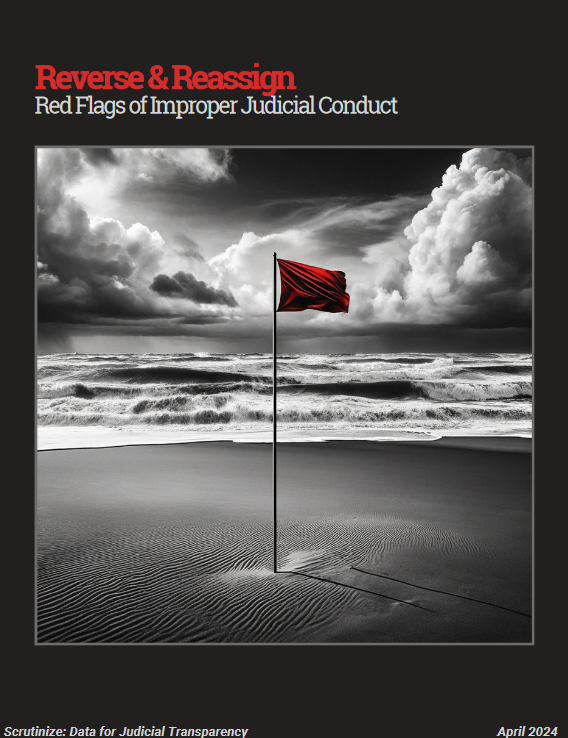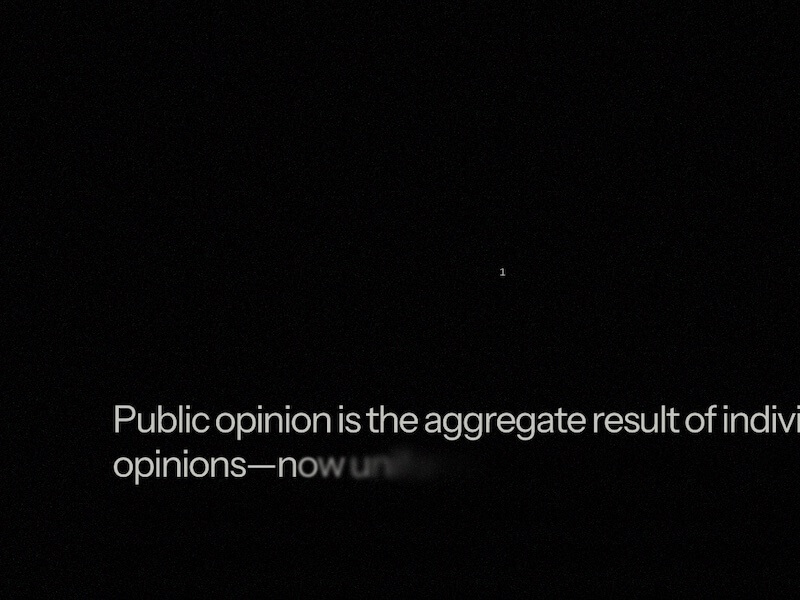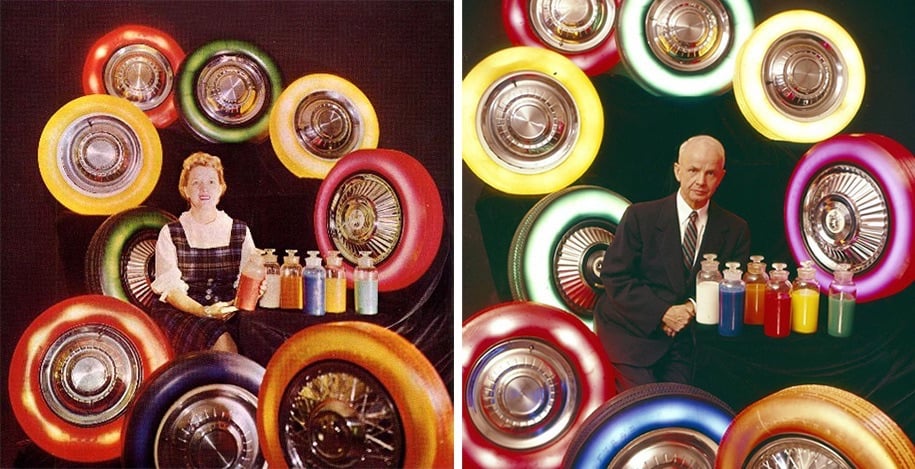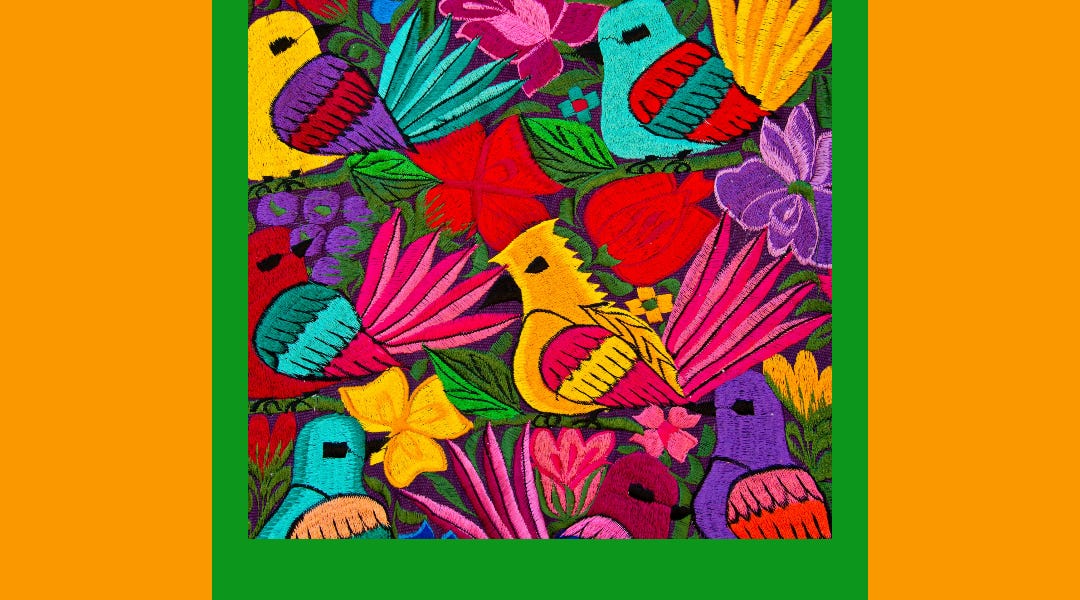
Craft your own renaissance with tips from Boccaccio’s Decameron
A few years ago, on a crisp winter afternoon, I found a beautiful bound translation of The Decameron by Giovanni Boccaccio at the Black Swan bookstore in Staunton, Virginia. A masterpiece written on the cusp of the Italian Renaissance, The Decameron, composed between 1349 and 1351, presents 100 novellas by 10 storytellers who had taken refuge from the Black Plague sweeping through Florence. I bought it immediately and took it back to a friend’s cabin where a group of us had gathered for the weekend.
Reading Boccaccio can be therapeutic because it reminds us that there have been many times in history during which upheaval was both sharp and sustained. The first decades of the 14th century were a difficult time for Italian city-states. Natural and political calamities stacked up in rapid sequence. A glance at Giovanni Villani’s New Chronicles reveals that earthquakes, floods, famine and political turmoil all struck Florence between 1300 and 1348. Then, the plague swept through Europe and left close to half the population dead in its trail.
In the midst of this turmoil, Boccaccio mustered the fortitude and inspiration to create a narrative world of relationships, craft and imagination. Society is completely reimagined in The Decameron. Many of Boccaccio’s characters are practical – they want to make their lives work. Woven through the 100 novellas are stories of merchants who remake the world with their ingenuity, and lovers who stand up to convention to fulfil their desires. The narrative in Boccaccio is working on two different levels. There are the stories themselves, all 100 of them, but there is also the frame, that is, the story about how 10 young citizens of Florence decided to carve out a time and a space to re-imagine their world. The 100 stories in The Decameron are as diverse as can be conceived. They depict nobles as well as the clergy, merchants and artists. Some are told earnestly, others poke fun at established orthodoxies, religious and otherwise. Part of what was happening in that masterful text was the shedding of outdated theologies, of narratives that had become stale and no longer served, and the creation of new patterns, and of new economic, religious, familial and sexual identities.








